
Table of contents
- S&P 500 total return vs price return
- Dividend investing can improve stock returns
- What is a dividend?
- How often are dividends paid?
- How to pick dividend stocks?
- Is dividend investing a good strategy?
The stock market has been on a rollercoaster ride this year. Stocks fell sharply again on Tuesday after a hotter-than-expected US inflation report. Anxious about the wild market swings? Dividend investing can be a compelling way to improve your portfolio performance.
Dividend stocks provide two sources of returns: Income from dividend payments and capital appreciation of the stock price. Together, these two components form an investment’s total return. Dividends, when reinvested, can boost your total returns over time. Case in point: Over the past 30 years, the total return for the S&P 500 (which includes dividends reinvested) has significantly outstripped the price return of the index (i.e. growth in price only).
S&P 500 total return (dark blue line) vs price return (light blue line)
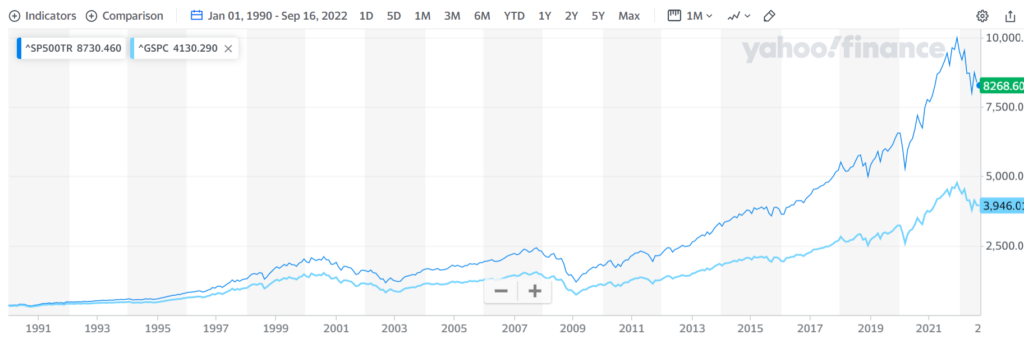
In a volatile market, dividends offer ballast for your portfolio. Looking at historical data from 1930 through 2019, dividends have accounted for approximately 42% of total stock returns.
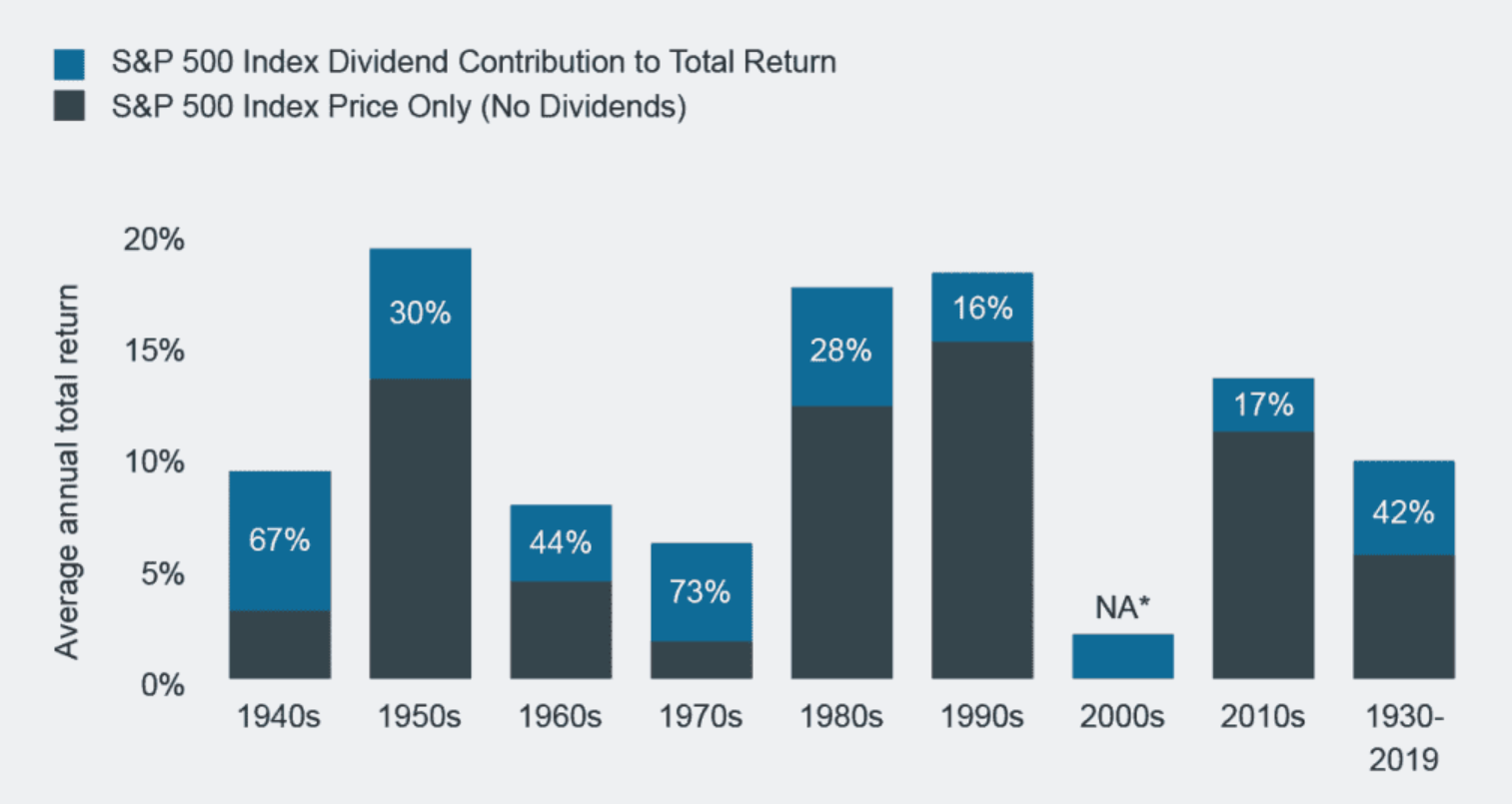
Dividend investing can improve stock returns
Here’s another way to look at dividend stocks. Imagine that you own a dividend-paying stock and the price drops 3% that year. But the annual dividend yield is 5%. The dividend acts as a cushion to offset the fall in share price and improves your total return to 2%. That’s the beauty of dividend investing! Even if the stock price tumbles, you’d still be receiving a steady stream of income from your dividends as long as the company continues to pay them out.
Dividends also come in handy when markets rise. Say the stock price rises 3% in a year and the dividend yield that year is 5%. Your total return is 8%, assuming your dividend is reinvested into the stock.
So, is dividend investing right for you? Here’s what to know.
What is a dividend?
Dividends are payments made to investors as a form of profit-sharing. Not all companies pay dividends. Young, fast-growing companies rarely pay dividends; the cash is reinvested into the business to fuel growth.
Established companies in mature industries don’t need to reinvest as much money. Thus, they are more likely to pay out dividends to reward shareholders and encourage them to continue holding the stock.
How often are dividends paid?
Dividend-paying companies often do so on a fairly consistent basis. Depending on the company, dividends can be paid out quarterly, semi-annually or annually.
However, do note that dividend payments are not guaranteed. They can be reduced or even removed at any time. That said, companies usually try to maintain their dividends. If they fail to do so, investors tend to devalue the stock, leading to a fall in share price.
You can find a stock’s upcoming dividend payout on the company’s website.
How to pick dividend stocks
Generally, you’ll want to pick dividend stocks that can offer you steady, attractive income for the long term. Look out for companies that have been paying (or even raising) dividends consistently over many years.
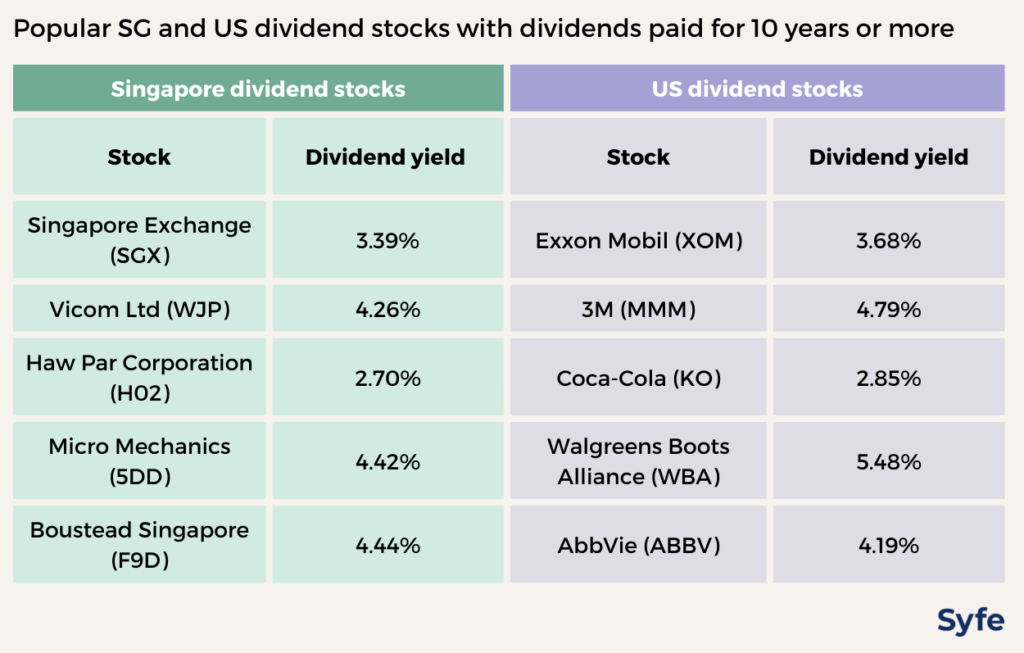
On Syfe Trade, you can take a look at some popular high dividend stocks and get the latest news and analysis to help you make an informed decision.
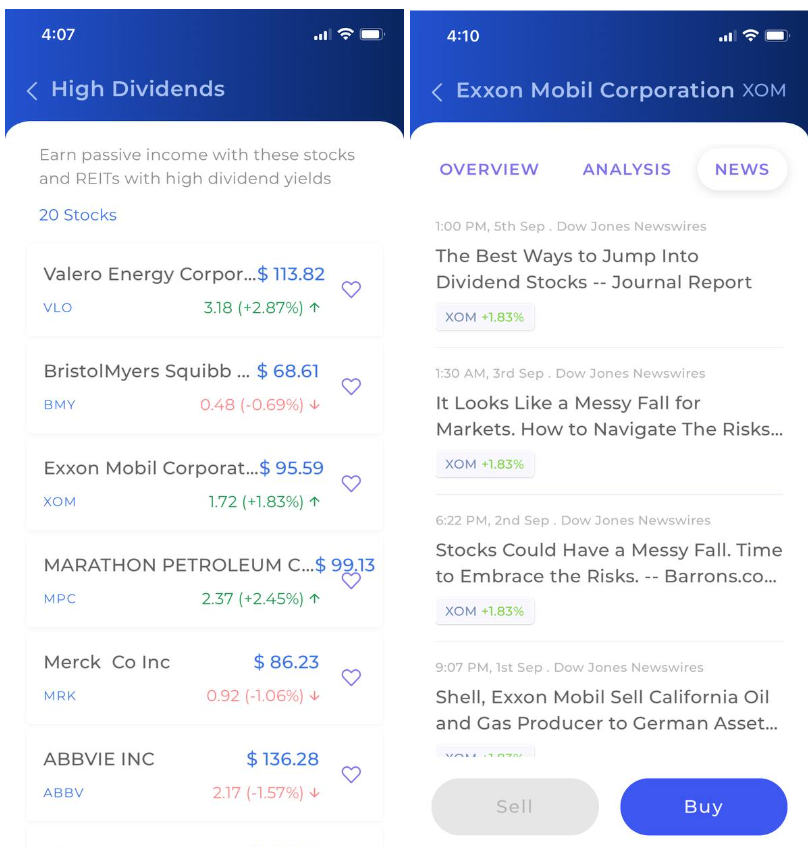
However, take note that a stock with a very high dividend yield may not always be the right choice. That’s because a high dividend yield can be achieved not just by a higher dividend payout but also share price declines. Poor earnings or company mismanagement, for example, can trigger a sell-off.
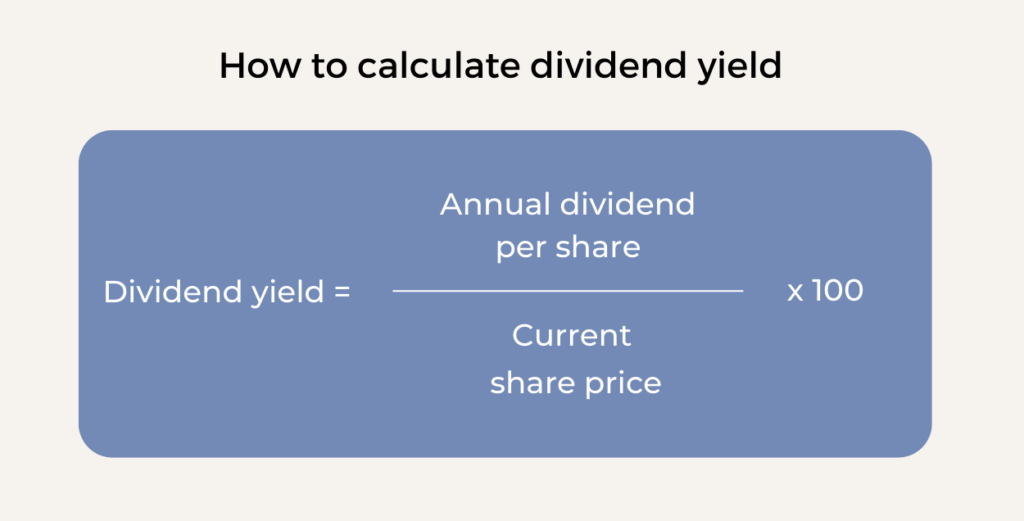
Ultimately, the best dividend stocks for your portfolio will depend on your investment goals, risk appetite, and investing timeline.
Not confident picking single stocks? You can also consider exchange traded funds (ETFs) for greater diversification. Some examples of dividend ETFs include SPDR S&P Dividend ETF (SDY) and Vanguard Dividend Appreciation ETF (VIG).
Is dividend investing a good strategy?
Dividend stocks are not only a source of steady passive income, but they can help you diversify your portfolio too. Many dividend-paying companies come from diverse sectors such as consumer staples, energy, healthcare, and financials.

Historically, dividend-paying stocks also tend to be less volatile than other stocks. Amid the sell-off this year, dividend stocks (represented by the SPDR S&P Dividend ETF, in blue) have declined significantly less than the broader S&P 500 (represented by the SPDR S&P 500 ETF, in yellow).
With the Federal Reserve poised to continue with its aggressive rate hikes to tame inflation, there may be little end to market volatility in sight. Dividends could potentially stabilise the total returns of your stock portfolio while offering extra income. Additionally, quality dividend-paying companies tend to continue with their dividend payouts, regardless of market conditions.
Ready to explore the world of dividend investing? Download the Syfe app to get started.



You must be logged in to post a comment.